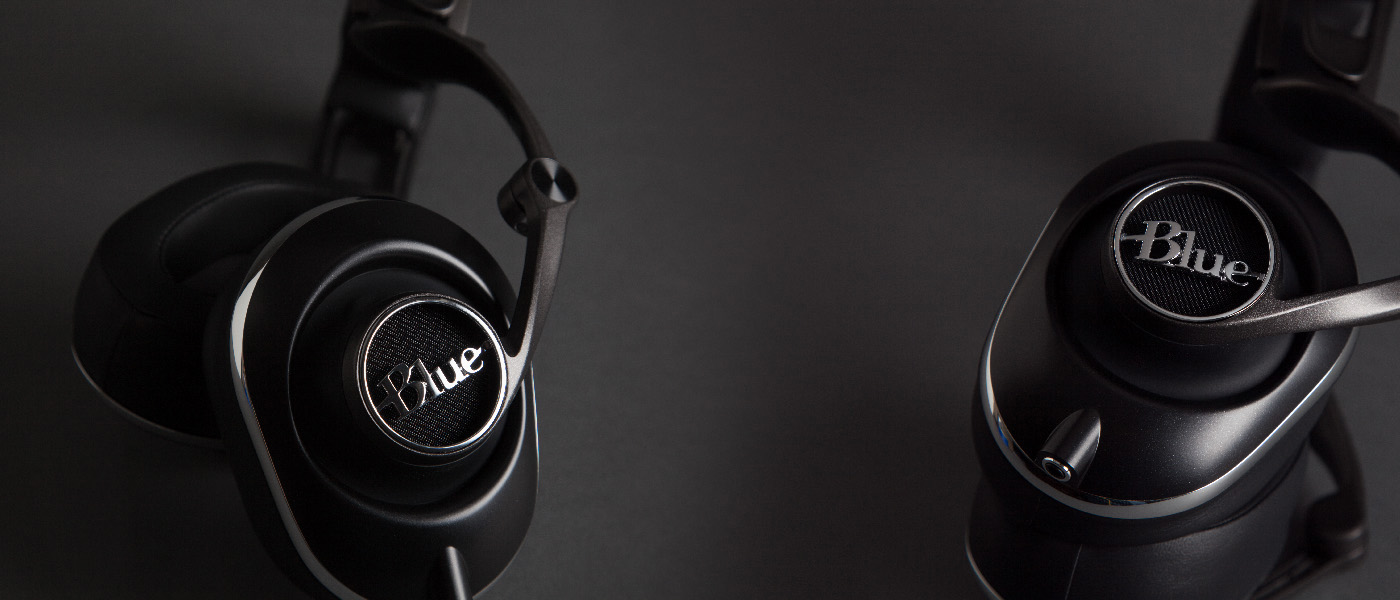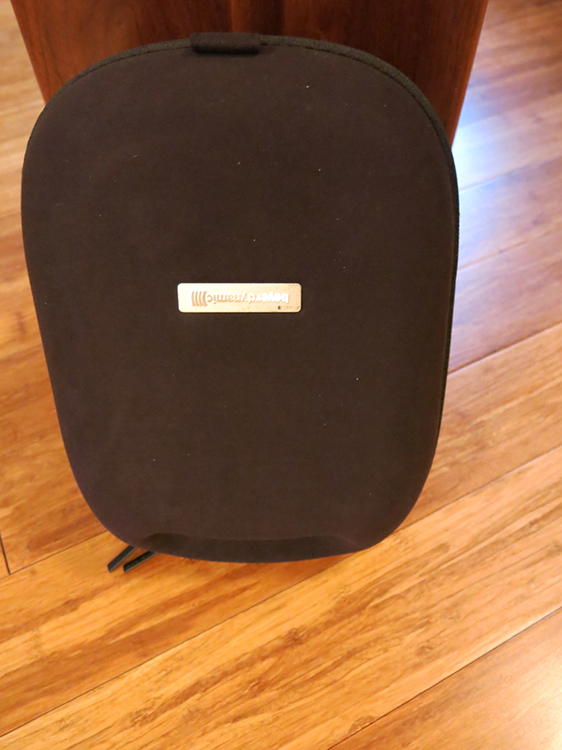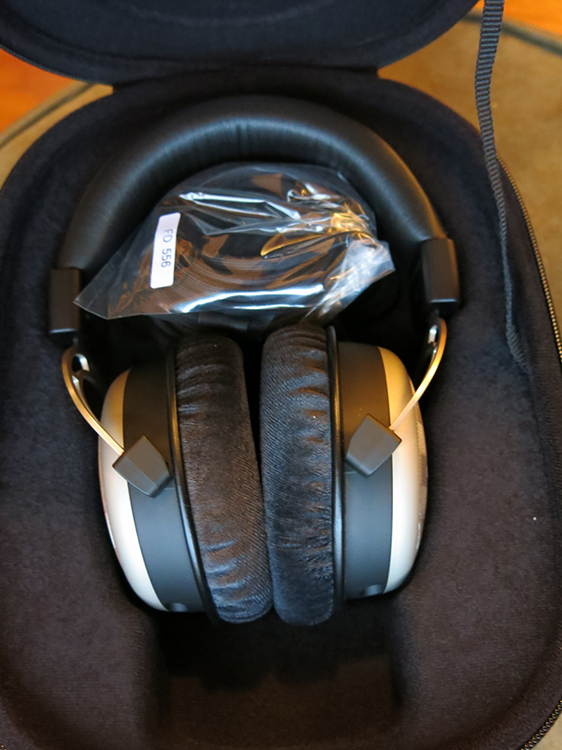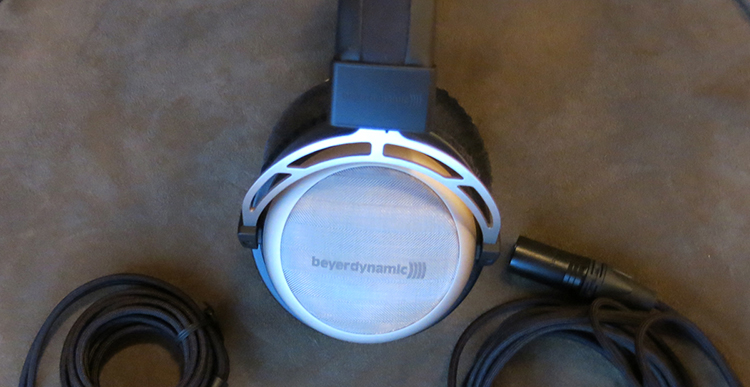
Beyerdynamic T1 Second Generation Headphones
- Excellent build quality
- Sophisticated, evolved headphone design providing comfort and hours of listening pleasure
- Balanced or unbalanced connection options
- Reasonable weight
I mentioned in my review of the 430HA Headphone amp from Simaudio that we seem to be in a golden age for headphones. One of the most golden among them, in my opinion and that of many others, are the top-of-the-line T1’s from Beyerdynamic. I utilized a borrowed pair of those extensively for the review of the 430HA but was frustrated that I couldn’t take advantage of the balanced connections from that amp.
Seemingly within minutes of finishing that review, Beyerdynamic announced the second generation of the T1’s, that among other things, includes a detachable cable and a balanced cable as an option. One review leads to another.
Design:
Semi-open Over-the-Ear Headphones
Transducer Type:
Dynamic
THD:
< 0.5% (1 mW / 500 Hz )
Frequency Response:
5 Hz – 50 kHz
Nominal Impedance:
600 Ohms
Nominal SPL:
102 dB (1 mW / 500 Hz )
Cable:
Detachable, 3 Meters, Single-ended (Balanced Cable Optional)
Connector:
Gold-plated 3.5 mm Stereo-mini, ¼” Adaptor
Weight without Cable:
0.8 Pounds
Max SPL:
126 dB ( 300 mW / 500 Hz )
Power Handling:
300 mW
MSRP:
$1,099 USD
Company:
SECRETS Tags:
Beyerdynamic, Balanced, Headphones
Beyerdynamic was established in Berlin in 1924. In a fashion most compatible with Secrets of Home Theater and High Fidelity they started with speakers for movie theaters and have since moved on to manufacture a variety of hi-fi gear, mostly in the ‘transducer’ realm and appreciated greatly in the pro audio world. If you read deep enough into many of the headphone sites out there you will see many people citing Beyerdynamic T1’s as their favorite.
I still like to evaluate hifi components by their weight. Generally no matter what the component is, the heavier the better – the weight represents (among other things) a heavy transformer or in the case of speakers, a heavy magnet. With headphones however, that weight will be on my head so not-so-much.
These Beyerdynamics are just right in that category. When you pick them up there’s no doubt that you’ve got something substantial and made to a high standard of quality but at about 13 oz. they won’t become annoying like some of the planar magnetic competition.
The magnets in this case are not overly heavy but they are powerful. “T1” means one Tesla. That is the measured magnetic flux available in the heart of the driver.
Beyerdynamic’s mission with the T1 Second Generation was to improve the bass response which some found a little lacking in the first version. In my experience it lacked only in comparison to the orthodynamic competition and not when compared to other high end dynamic-driver phones such as AKG or Sennheiser.
As mentioned above the change that most interested me was the move to a detachable cable which allows for connection to a balanced headphone amp. The balanced cable for the T1 Second Generation’s is sold as a 3m, $145 option. The standard cable is also 3m, a generous and useful length. The connection at the headphone end is via 3.5mm TRRS connectors. I have yet to figure out what ‘TRRS’ stands for but these are basically stereo mini connectors with a long, narrow housing.
I was glad to discover that it is a standard sort of connector. This means that cable manufacture’s such as Nordost will be able to off a replacement (presumably upgrade) cable at some point. I did talk to Nordost about getting something made for this review. The sticking point in the end was that I sit a long ways from my headphone amp which is at the top of a stereo cabinet. I need about 5m of cable. Going to an all Nordost run would add up to only 4m. Nordost has yet to include the T1 on their list of available cables but I expect them to become available at some point.
So for this review I went to a local pro sound shop (Synapse Audio of Portland, OR) and requested a 3m, 4-pin XLR extension for me. As is the custom in pro-audio Tim Hochstedler used Mogami wire. The supplied cable is nothing to sneeze at by the way, fully shielded and the conductors are made of 7N Ohno Continuous Cast Copper, the feel is pleasantly heavy and they don’t tangle easily. The TRRS connectors have a little rim near the end of the plastic housing which serves to secure the mechanical connection. I switched back and forth between cables more than a regular user is likely to and experienced no looseness or degradation in the connection at all.
Secrets Sponsor
Another difference from the first generation of the T1 is the supplied case. In the first generation the case was an elegant, small suitcase with an aluminum shell. Very impressive and meant to look good on a shelf, if you had a lot of shelf to spare. The new case is designed to be more practical, perhaps even useful for travel though it would still take up a sizable portion of a suitcase and almost the entire main compartment of a backpack. The fuzzy black surface covers a hard shell of some kind. The case is light weight.
And finally, there was an update to the headband material. The first version used leather whereas the new version has been replaced with leatherette. There had been trouble with the original leather, staining and decomposing, as natural materials will do. A careful examination of the Beyerdynamic website reveals something about a protein coating on the headband. I had to ask: “The protein coating is a surface layer on normal (though high-end quality) polyurethane synthetic leather material. Its only function is to make the surface smoother and get rid of the sticky touch of normal PU leatherette.”
Secrets Sponsor
Only the left ear cup is labeled (that is, there’s an ‘L’ on the inside of the headband but no ‘R’ on the opposite side). However, once you figure out that the TRRS connectors are angled towards the front in an ergonomic fashion it’s easy to put these guys on correctly. It’s actually very important to do so because the drivers are angled, they point directly down your ear canal which runs a bit front to back on your head.
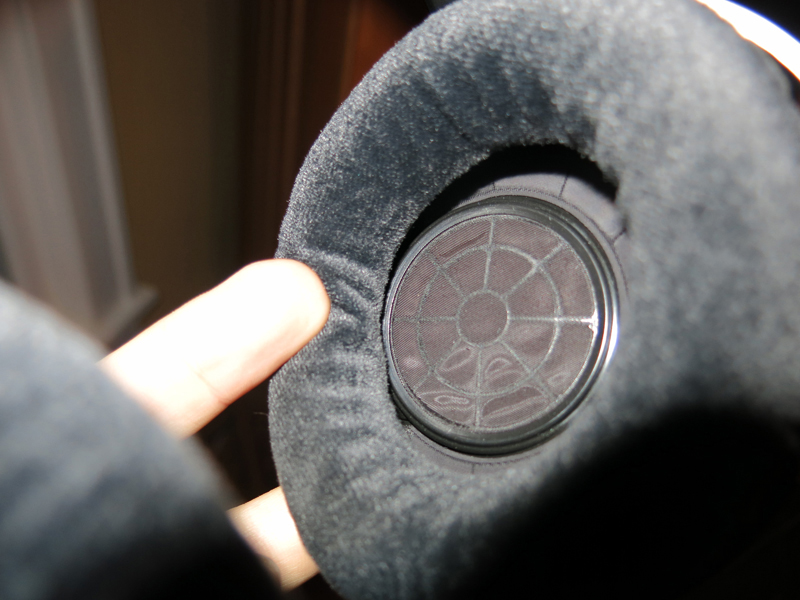
Amy Kelly (Marketing Manager for Beyerdynamic USA) encouraged me to allow 35 hours of break-in which I did. But I found that the sound was still settling in and improving even after about 100 hours. Early in the break-in period I found the base end of whatever I was listening to occasionally getting a bit muddy and non-distinct. This happened only with the high powered Simaudio 430HA and completely disappeared over time.

‘Angel’ on the vinyl version of ‘Collected’ (the best of Massive Attack) is one of my references for bass. The thumping, driving tones were beautiful and tuneful while the vocals, guitar and pop on the snare drum floated blissfully above. The bass output by these single-driver speakers is remarkable and is not simply a muddy sound that your brain interprets as a bass note.
I spent many late nights with the T1, not wanting to stop the listening. These second generation T1’s have the cozy, intimate sound that I prefer in headphones. The phones themselves are indeed cozy-comfortable as well. The weight is unobtrusive and the padding is a very soft material over memory foam. The design is described as semi-open – some sound leaks out. Seemingly more sound leaks in. If I left a radio on in the other room it came through quite clearly between songs.
How do the T1 second generation compare to the first generation? I re-borrowed a pair of the original T1’s from Stereotypes Audio in Portland, OR. The second generation does have more bass than the first generation, but there is a bit less air, less separation between each of the instruments. The first generation is leaner, that is not as fat or full sounding. I could imagine that some might prefer that sound, especially for classical or if the soundstage is of upmost importance.
Both versions of these phones provide some soundstage, which is remarkable for headphones and something I attribute to the angled drivers, but the first generation seemed to do it a bit more. The second gens are warmer, more towards the chunky side but not excessively so. The midrange and treble are clean and the overall effect is “I’m listening to music here”. At no point did any facet of the music or particular instrument seem out of place or hard to hear. It’s all there.
I tried the T1 Second Generation’s with my Benchmark DAC2 HGC (see also John Johnson’s review of the DX version.)
As befits a pro-audio component the DAC2 comes configured for high impedance phones out of the box and I had noticed that the first version of the T1 was the best headphone experience I’d had with that DAC. The midrange was suddenly more liquid than I had heard from DAC2 previously and the second generation T1 was no exception. I did prefer the quieter background of the mega-powered 430HA, especially in balanced mode. Both of these headphone amps should be warmed up before comparing by the way. That is true of any audio component but I really noticed it with these phones on either of these high end DACs.
I also tried the T1 second generation phones with the Apogee Groove (review forthcoming). I’m happy to report that the diminutive, USB powered Groove can drive these 600 Ohm phones with no problem and the results are quite satisfying. More in the Groove review.
In my review of the 430HA I compared the first version of the T1 to the Oppo PM-2, noting the blacker background and timbre of the Oppos. Still, I find myself preferring the musicality and sound stage of the Beyer’s, especially the second generation. While the bass is perhaps still not as distinct as it is with the Oppos, it is more musical and engaging to me. Same for the rest of the audio band, the Beyerdynamic T1 second generation consistently create great music without coloration.

I re-listened to the LP version of Spiritualized ‘Live from Royal Albert Hall’ as I had with the original version of the headphones. With the first version of the T1, I reported a magical experience which continued with the new design, with some expected differences. Amongst the wall-of-sound with horns, bass, piano and drums all at full volume, there was indeed more bass than with the first generation. Additionally the more-intimate presentation of the second generation makes it a slightly different experience, less overwhelming perhaps, but easy to listen to.
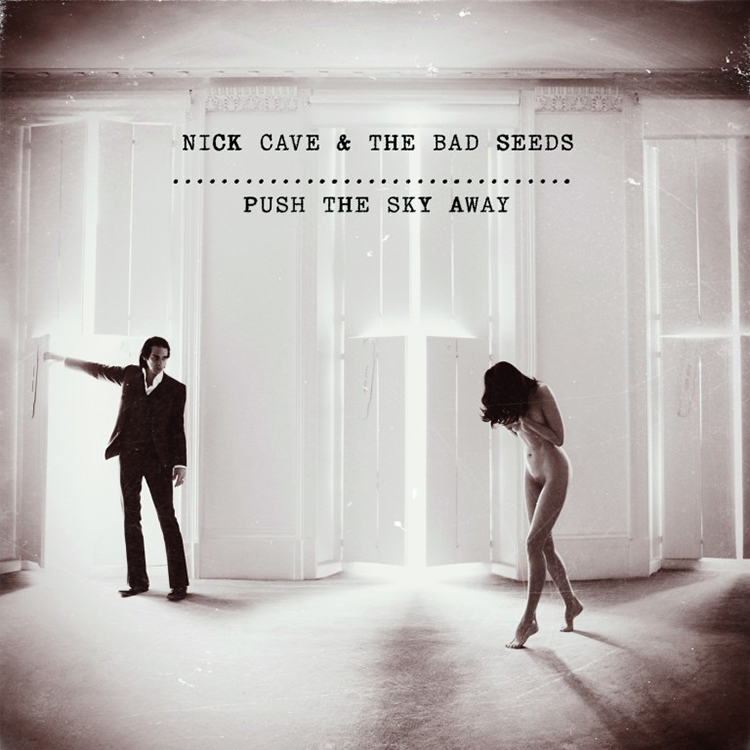
Nick Cave’s “Push the Sky Away” is a beautiful record, perhaps his most beautiful to date. The recording is superb, reminiscent of Talk Talk. This is the mellow side of Mr. Cave, with lots of background vocals from both male and female voices. Using the T1 second generations, on each of these intensely emotional songs I could hear these backup singers in full, as though they were on the primary mic. The piano, guitars and bass were carved from the air with love by the T1’s.
A note about one Tesla of magnetic flux: The competition amongst headphone manufactures is taking us into uncharted territory. The T1 headphones are named for the one Tesla of magnetic flux density at the center of the drivers. At the time these phones were first released it was a new milestone. Now we have a couple of manufactures advertising 1.5.
In one of those ads some jokes are made about erasing credit cards a mile away. Well, yes, this is a lot of magnet to have close to our brains. I can feel something akin to the cell-phone buzz when I use the T1. It’s not as unpleasant as that however, and as far as I know it’s even beneficial. Some people do magnet therapy. Audio reviewer Michael Fremer, who seems quite intact and has great ears, reported recently that he has slept for years on a magnetic pillow of some kind. Not much data to go by but I’m hoping to start a conversation here; the effect of heavy magnets to the precious ears and brains of audiophiles. I should note that the Oppo PM-2’s induced a similar feeling just inside my ears. And, in spite of all this, I plan to buy these T1’s.
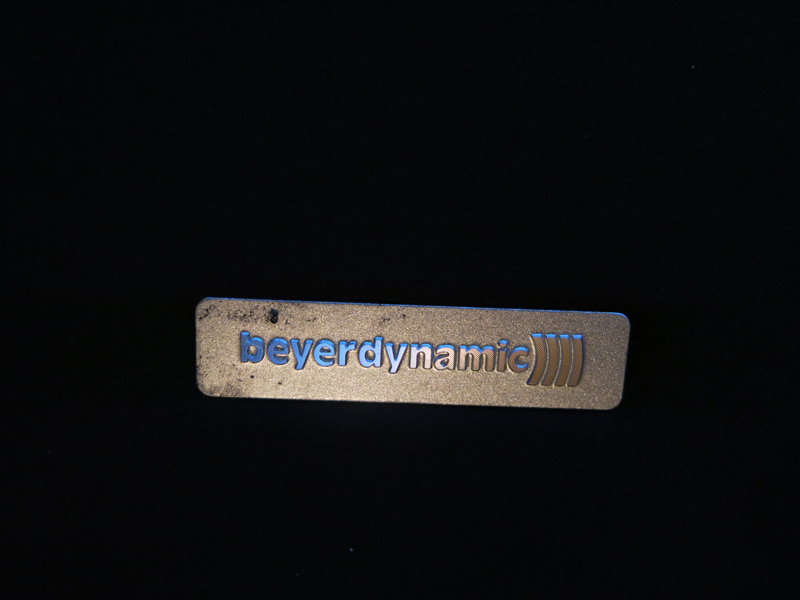
Parasound CD1 and connected in a single-ended fashion to the aforementioned P8 preamp. Benchmark DAC2
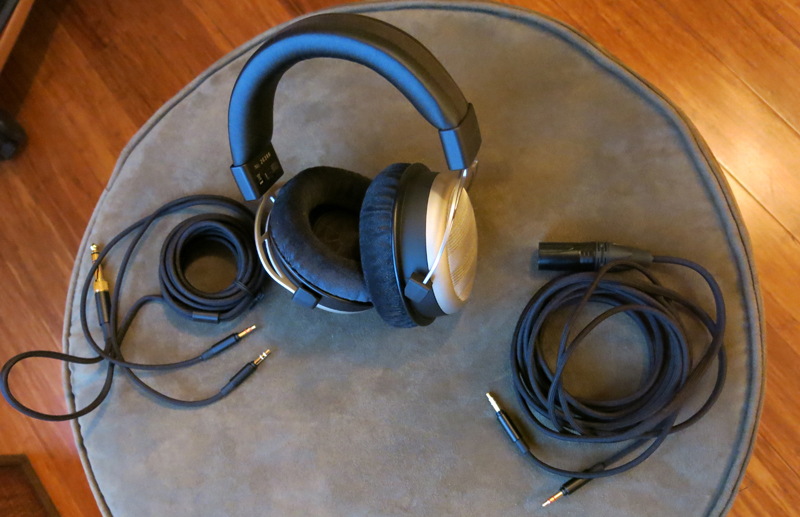
Second Generation of the Top of the Line Headphone from a 90 Year Old HiFi Company, BEYERDYNAMIC
- Deep, articulate bass, intimate sound and sound staging.
- Detachable cables with a balanced option.
- Great sound from cool looking cans at a comfortable weight.
- Cords made to custom lengths or a Beyerdynamic-made XLR extension. See? Give ‘em three meters and they want a kilometer.
Beyerdynamic has been making audio speakers for 90 years. They know a thing or two about refinement. As an evolution of their top-of-the-line T1 the T1 Second Generation is a clear example of that and represents a clear path to musical enjoyment. Make sure you’ve got an amp that can drive 600 Ohm phones.


